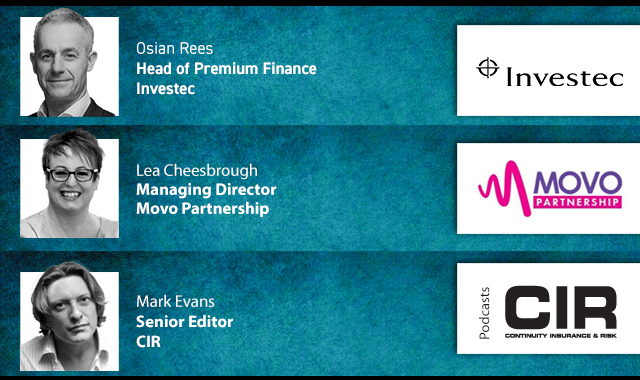Regulatory change and new technology are not enough to avoid future fire disasters in the built environment. The root cause of the failures that led to the Grenfell fire was systemic and only leadership in the built-environment industry and cultural change on fire safety issues can avoid another disaster, according to Dame Judith Hackitt.
The elements of culture change that are needed to build resilience in the built-environment sector include increased competence, better record keeping and information sharing, more robust quality assurance and a focus on listening to and working with buildings users and residents.
Speaking at a Resilience First meeting, Dame Judith Hackitt, chair of Make UK, former chair of the the HSE, and author of the Hackitt Review of Building Regulations and Fire Safety, said: “It became very clear to me, very quickly, that the root cause of the failure was a systemic one. The resilience issue is much, much bigger than a single component. We have a system at present, until it is changed, which does not ensure the delivery of buildings that are fit for purpose.”
“The elements of culture change that are needed to build resilience in this sector are many. Increased competence, better record keeping and information sharing. We need quality assurance, both of workmanship and of materials. We also need to recognise the importance of listening to and working with the users of the buildings, the residents in particular.
“But the most important element that will make a difference and build resilience in this sector is leadership from within the industry itself and a commitment to doing the right thing.”
Howard Passey, director of operations at the Fire Protection Association, added: “We need to make sure that those involved in the design phase of building, and their clients, understand that they don’t just have to meet the minimum requirements. They can decide what their own risk appetite is and they can positively impact the resilience of their own building stock.
“Critical thinking is absolutely key to ensuring that the what ifs are considered. In terms of value engineering, our focus should not be on how we save money doing this but how we consider the potential risks that exist.”
Printed Copy:
Would you also like to receive CIR Magazine in print?
Data Use:
We will also send you our free daily email newsletters and other relevant communications, which you can opt out of at any time. Thank you.













YOU MIGHT ALSO LIKE